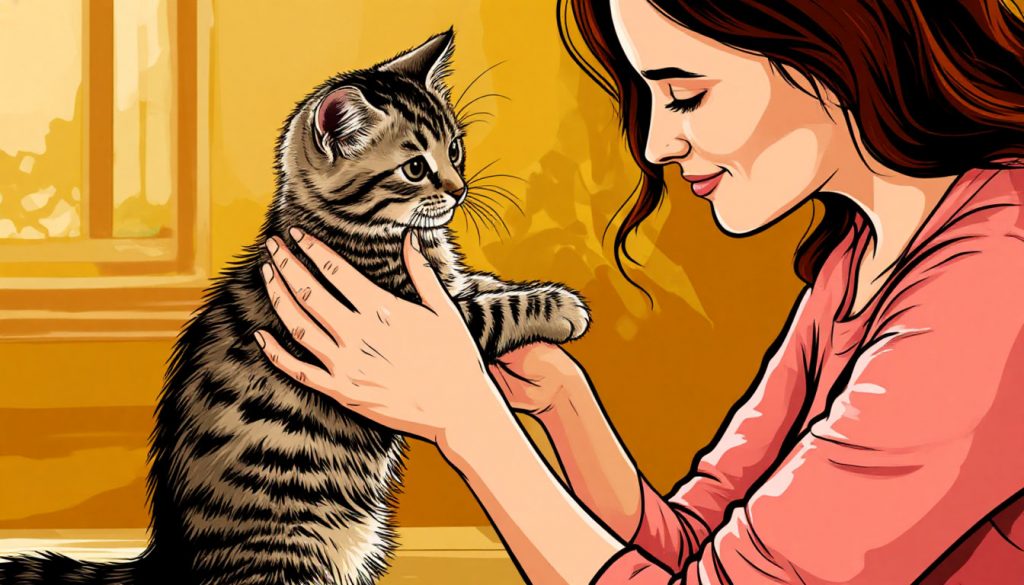Finding a stray or abandoned kitten can be an emotional experience. Whether the kitten is alone on the street, in your yard, or near a building, it’s essential to know what to do to ensure the animal’s safety and well-being. This guide provides practical steps to help you make the right decisions.
Assess the Situation First
Before intervening, observe the kitten from a distance. Is it crying? Is it dirty, cold, or in visible distress? Sometimes, the mother cat may be nearby looking for food and planning to return. If the kitten appears healthy and calm, give it 1–2 hours while keeping watch from afar.
Do not rush to take the kitten unless it is in immediate danger (from traffic, predators, weather, etc.) or looks weak, sick, or injured. Always approach gently and calmly if you decide to intervene.
Determine the Kitten’s Age and Condition
Knowing the age will help you understand its needs:
- Under 4 weeks: Eyes may be closed or just opened; they need warmth and bottle feeding.
- 4–8 weeks: More mobile, starting to eat soft food.
- 8+ weeks: Can eat solid food and may be weaned.
Check for signs of illness: nasal discharge, crusty eyes, fleas, or difficulty breathing. If the kitten looks sick or injured, take it to a veterinarian immediately.
Keep the Kitten Warm and Safe
Kittens cannot regulate body temperature well, especially under 6 weeks old. Place the kitten in a clean box or carrier with soft blankets or a towel. Use a heating pad wrapped in fabric or a warm water bottle (not too hot) to provide gentle warmth.
Keep it indoors, away from other animals until you’ve had it checked by a vet.
Feed According to Its Age
Never feed cow’s milk—it can cause digestive problems. Use a kitten milk replacer from a pet store for bottle feeding if it’s under 4–5 weeks old.
If the kitten is older than 4 weeks, you can offer a mix of wet kitten food with warm water or kitten formula. Fresh water should always be available for older kittens.
Check for Identification or Lost Pet Notices
Look for a collar or tag. Check local lost pet listings online, post in community groups, and put up a found notice with a photo. Someone might be searching for their missing kitten.
If no one claims the kitten after several days, you can consider rehoming it or adopting it yourself.
Visit a Veterinarian
A vet will check the kitten for parasites, infections, and general health. They can estimate its age and recommend vaccinations, deworming, and other care. Even if the kitten looks fine, this step is essential for long-term well-being.
Decide on the Next Step
Once the kitten is safe and healthy, you can:
- Keep and care for the kitten yourself.
- Find it a reliable and loving home.
- Contact a local animal rescue or shelter.
Make sure any adopter is responsible and prepared for the commitment of pet ownership.
Glossary
- Weaned: The process of transitioning a kitten from mother’s milk to solid food.
- Parasites: Organisms like fleas or worms that live off a host animal.
- Kitten milk replacer: A special formula designed to meet a kitten’s nutritional needs.
- Observation period: Time given to watch if the mother returns or if the kitten is in real need.


